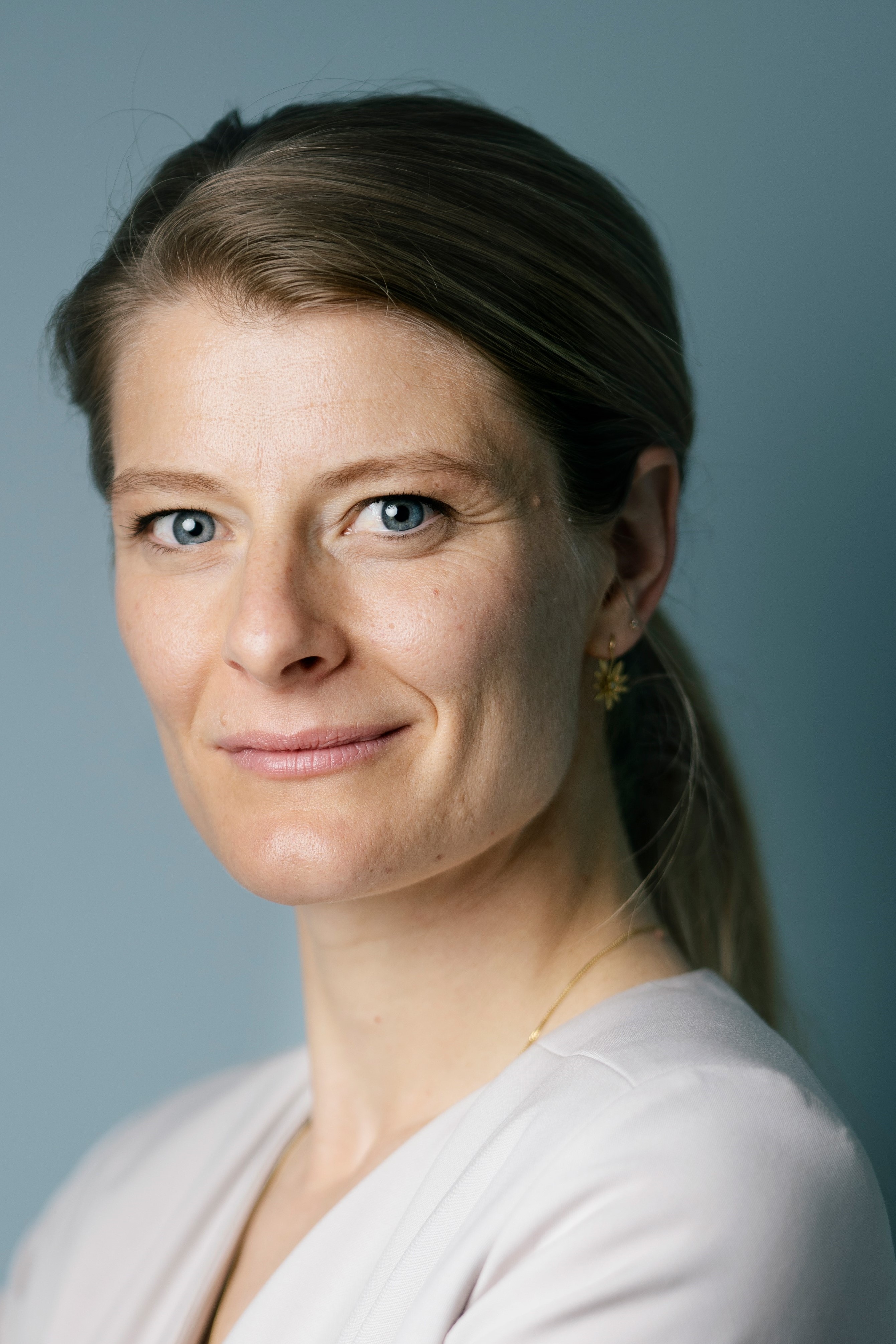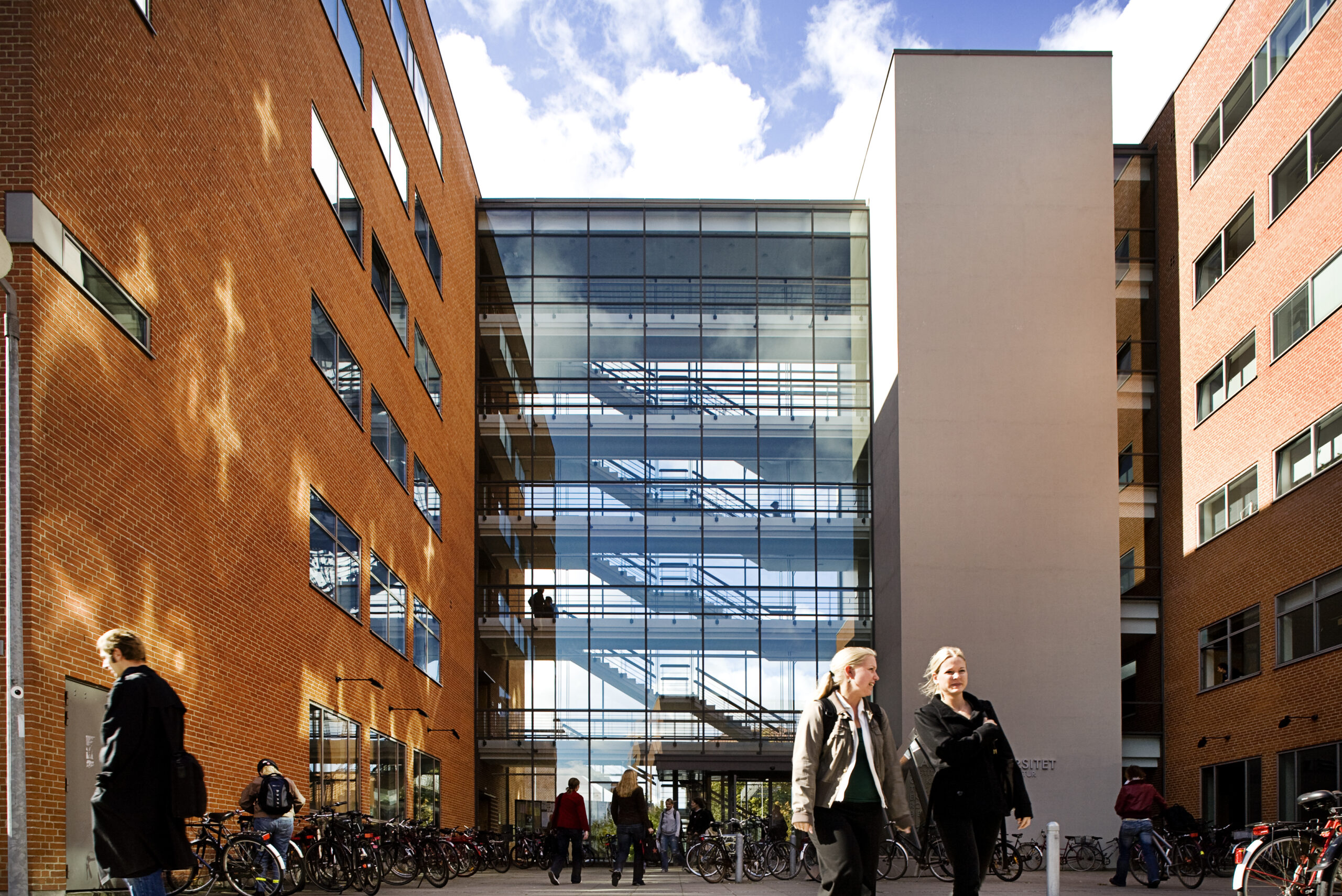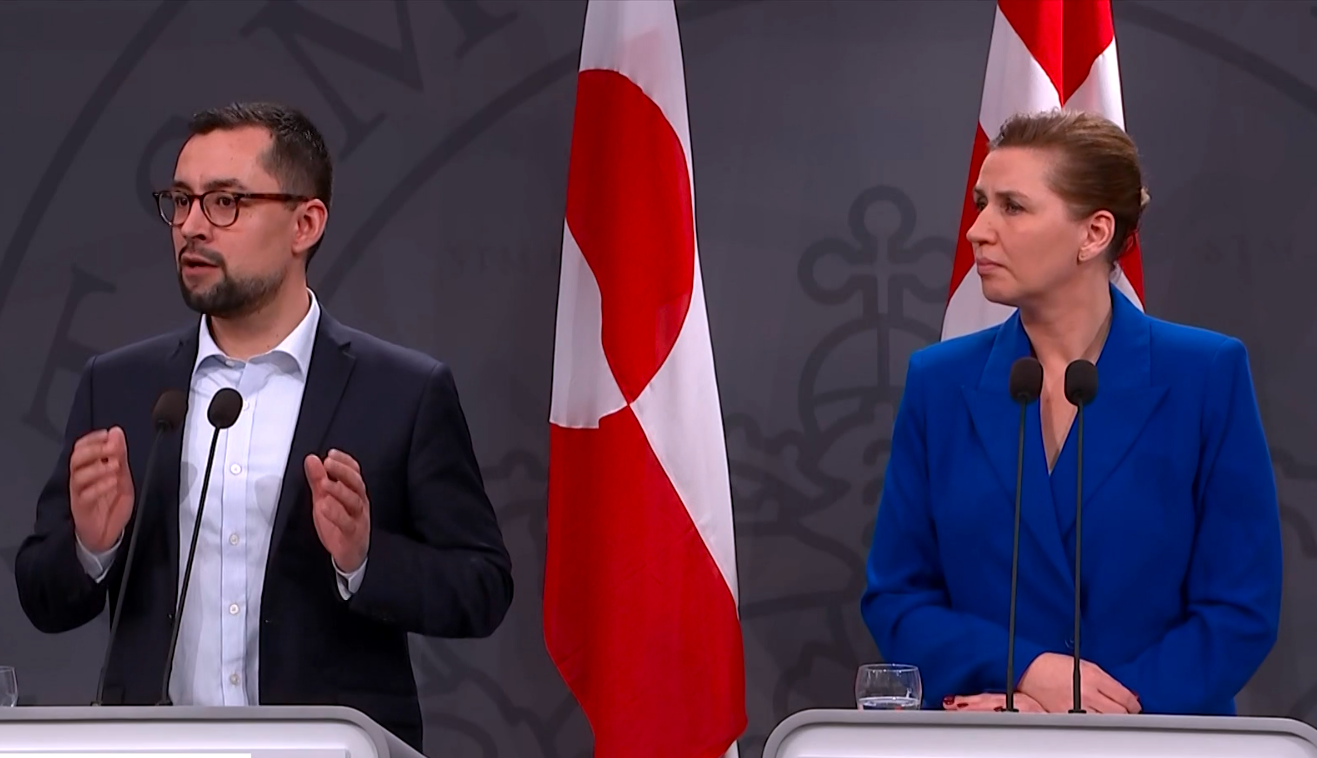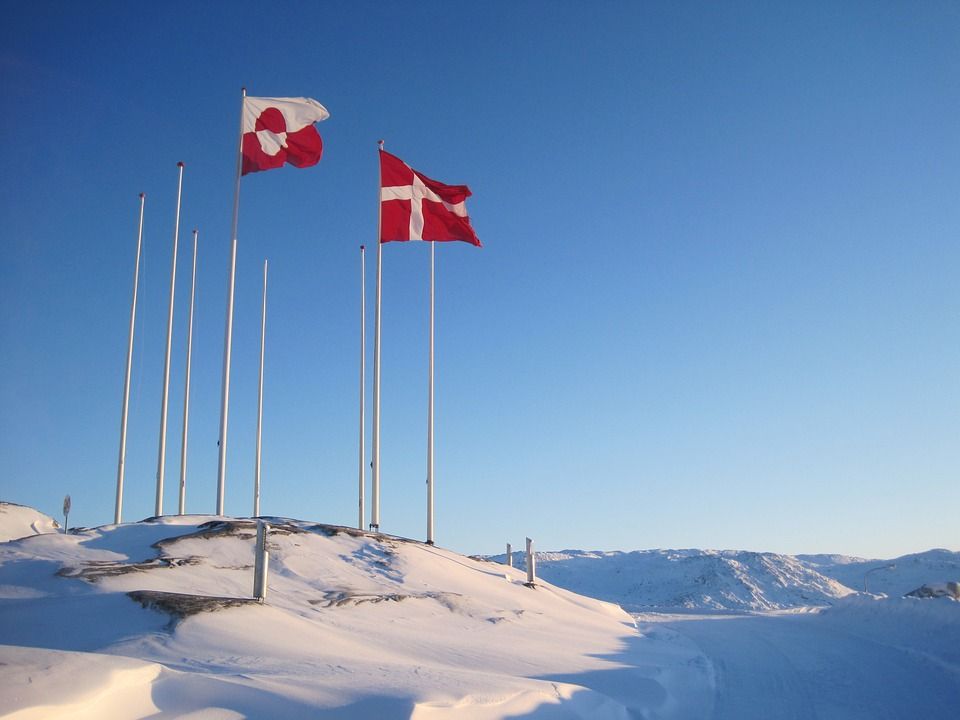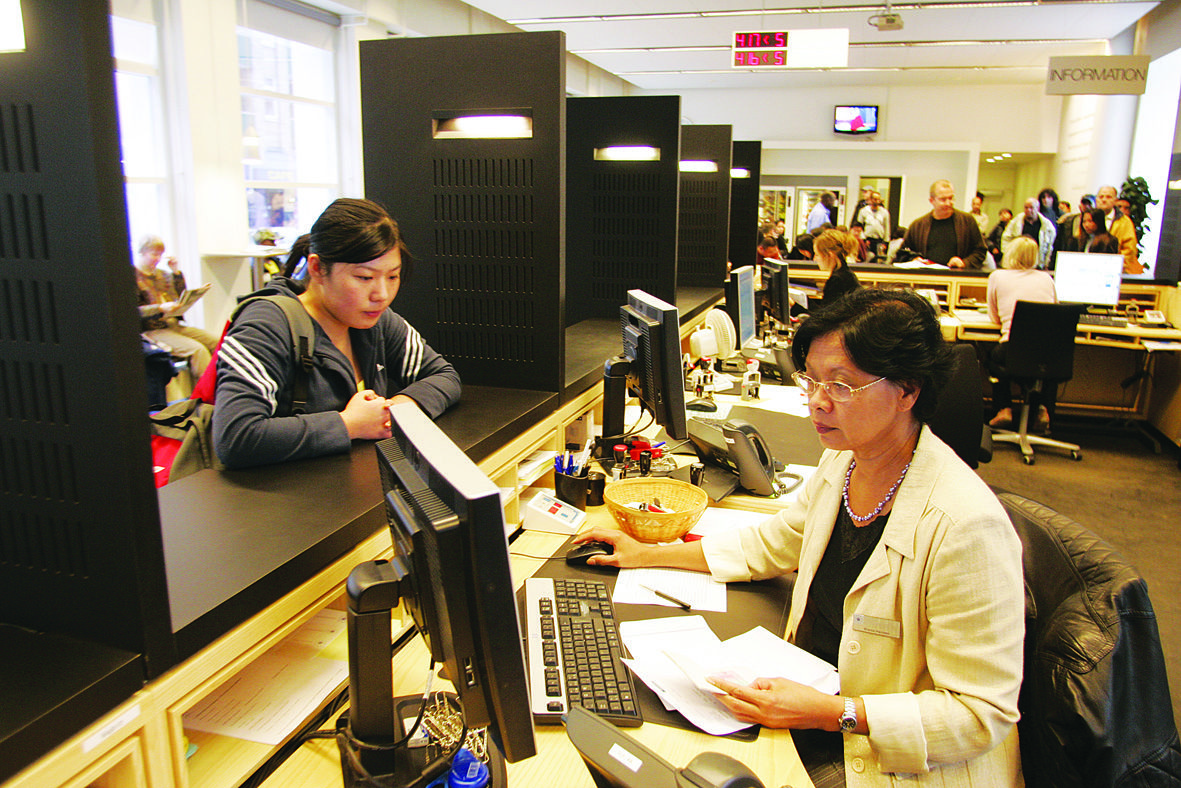In a bid to better reflect ethnic diversity in Danish film, the Danish Film Institute (DFI) has, in co-operation with the film industry, established a number of initiatives geared to developing and enriching Danish film via the cultural diversity of the population.
As part of the project, DFI has developed a report that shares data and knowledge, revealing the diversity levels that currently exist in Danish film, from the films themselves and those behind the cameras to the public consuming them.
”It became clear to the Danish Film Institute and the industry that there was a need for us to act together. We needed knowledge and ideas for specific actions,” Claus Ladegaard, the director of DFI, said in a press release.
”The starting point is that ethnic diversity can enrich and develop Danish film and thereby improve its quality. If people don't manage to include new-Danish voices and experiences, then we miss out on the opportunity to create nuanced stories which the public can recognise in themselves.”
The DFI report found, among other things, that the share of new-Danes with non-Western heritage is lower in the film industry than in the Danish population. The same was the case when it came to students in film-related education programs.
READ MORE: At Cinemas: The inevitability of the awards season
Supporting roles
From 2012-2014, the proportion of new-Danish actors resembled the actual population share, but they were given far more supporting cast roles than main roles in films.
And the percentage of non-western new-Danes going to see films at the cinema also resembled that of the general population, although they see fewer Danish films.
A number of initiatives have been drawn up to ensure more diversity in Danish film, including a casting workshop for new-Danish actors and amateurs, the establishment of a charter for ethnic and cultural diversity in Danish film and mentor programs.

